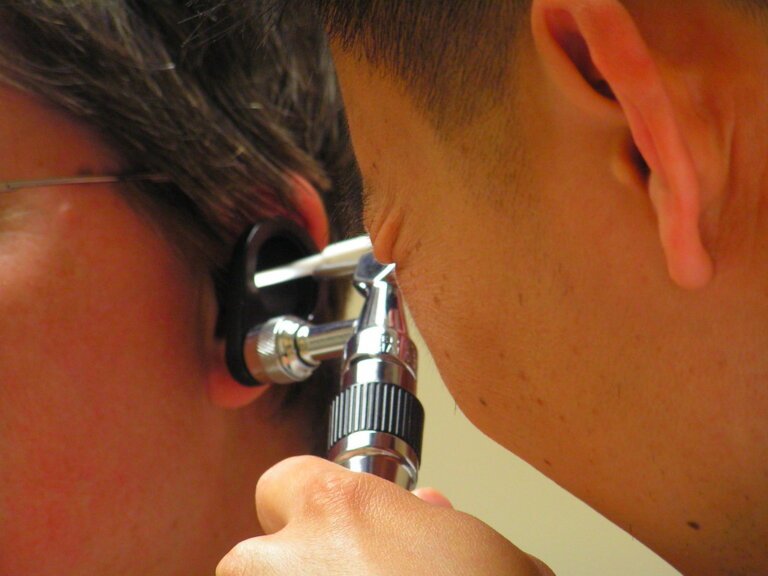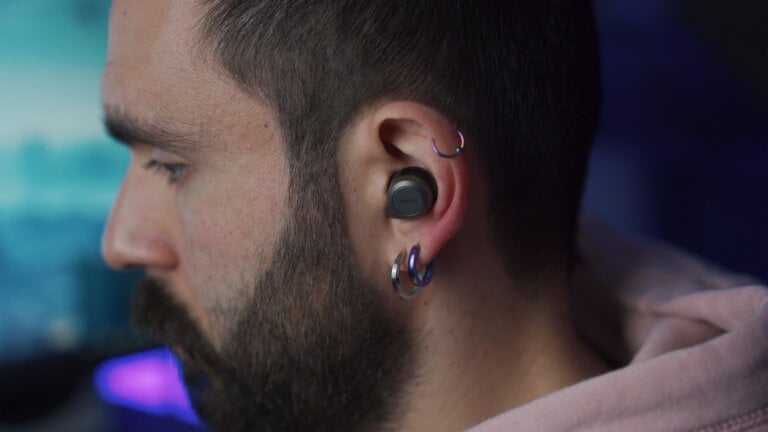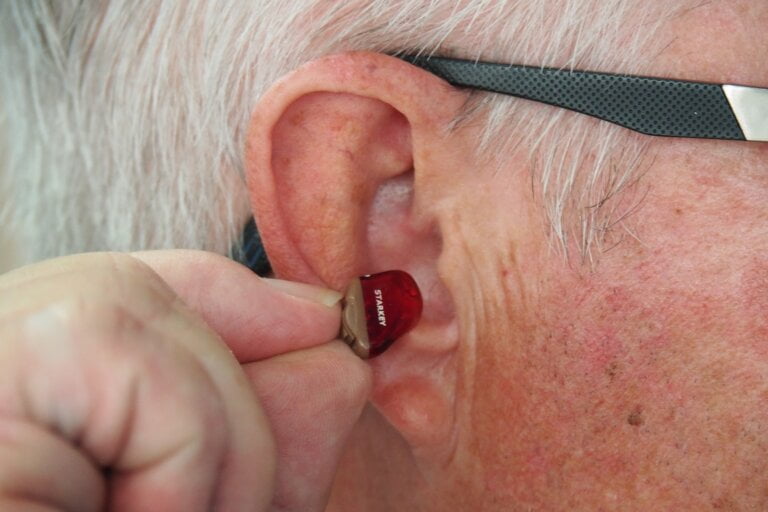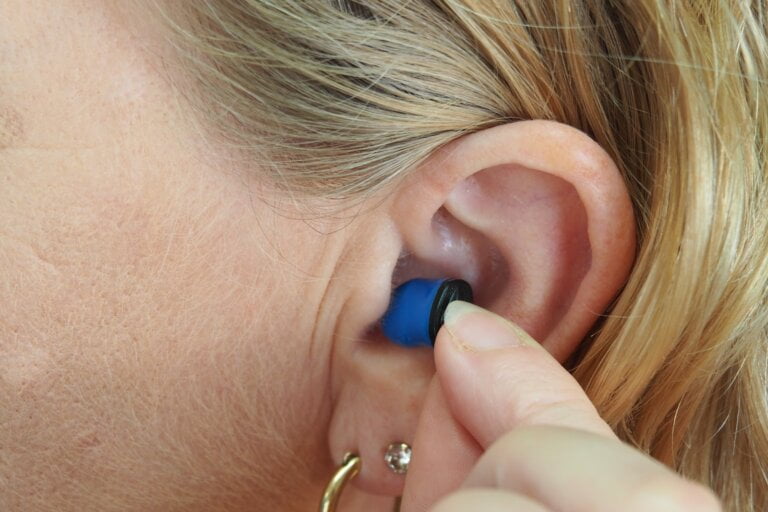The Path to Certification in Manual Instrument Ear Wax Removal
Last Updated on 3rd May 2024 by Admin
In recent years, the demand for certified professionals in manual instrument ear wax removal has been on the rise. As people become more aware of the importance of proper ear care, the need for trained experts in this field has become evident. If you are considering a career in manual instrument ear wax removal, you may be wondering about the path to certification. In this article, we will guide you through the steps and requirements to become a certified professional in this specialized field.
Understanding the Importance of Certification
Before delving into the certification process, it is crucial to understand why certification is essential in the field of manual instrument ear wax removal. Certification ensures that practitioners have acquired the necessary knowledge and skills to perform ear wax removal safely and effectively. It also signifies a commitment to professional development and upholding the highest standards of care. Additionally, certification enhances credibility and instills confidence in clients, making it easier to build a successful career in this field.
To further emphasize the importance of certification, let’s explore the benefits in more detail:
- Knowledge and Skills: Certification guarantees that you have received comprehensive training and education in manual instrument ear wax removal. This includes understanding ear anatomy, mastering various ear wax removal techniques, implementing infection control protocols, and prioritizing patient safety. By obtaining certification, you demonstrate your competence in these crucial areas.
- Professional Development: Certification represents a commitment to continuous learning and growth. It shows that you are dedicated to staying updated with the latest advancements and best practices in the field. Through ongoing education and professional development opportunities, you can expand your knowledge, acquire new techniques, and enhance your expertise.
- Credibility and Trust: Being a certified professional adds credibility to your name and instills trust in clients. Certification serves as proof that you have met rigorous standards and have undergone the necessary training to provide safe and effective ear wax removal services. This can boost your reputation and make it easier to attract and retain clients.
- Career Opportunities: With certification, you open doors to a wider range of career opportunities. Many healthcare institutions and private clinics prefer to hire certified professionals for manual instrument ear wax removal. Certification can also increase your chances of securing partnerships with other healthcare providers, expanding your professional network, and potentially leading to referrals.
Step 1: Education and Training
The first step towards certification in manual instrument ear wax removal is acquiring the required education and training. Although specific requirements may vary by jurisdiction, most certification programs require completion of a recognized training course. These courses typically cover topics such as ear anatomy, ear wax removal techniques, infection control, and patient safety.
To find a suitable training program, consider reaching out to professional organizations or local healthcare institutions that offer courses in manual instrument ear wax removal. Ensure that the program you choose is accredited and meets the standards set by regulatory bodies. Taking the time to research and select a reputable training program will lay a strong foundation for your career in this field.
When selecting a training program, consider the following factors:
- Accreditation: Look for programs that are accredited by reputable organizations or recognized by regulatory bodies. Accreditation ensures that the program meets specific quality standards and that the education you receive is recognized and respected within the industry.
- Curriculum: Review the curriculum of the training program to ensure it covers all the necessary topics and skills required for manual instrument ear wax removal. Look for courses that provide a comprehensive understanding of ear anatomy, different ear wax removal techniques, infection control protocols, and patient safety guidelines.
- Practical Training: Practical experience is crucial in mastering manual instrument ear wax removal. Look for programs that offer hands-on training opportunities, allowing you to practice the techniques under the guidance of experienced professionals. Practical training will help you develop the necessary skills and build confidence in your abilities.
- Duration and Flexibility: Consider the duration of the training program and assess whether it fits your schedule and commitments. Some programs may offer flexible learning options, such as online courses or part-time schedules, which can be beneficial if you have other responsibilities to manage.
Step 2: Practical Experience
While education and training provide a theoretical understanding of manual instrument ear wax removal, practical experience is equally important. Many certification programs require candidates to complete a certain number of clinical hours under the supervision of experienced professionals. This hands-on experience allows you to apply your knowledge in a real-world setting, honing your skills and building confidence in your abilities.
During your clinical hours, you will have the opportunity to work directly with clients, assess their ear wax issues, and perform manual instrument ear wax removal techniques. This practical experience is invaluable in preparing you for the challenges you will face in your future professional practice.
To make the most out of your practical experience, consider the following tips:
- Seek Mentorship: Take advantage of the opportunity to learn from experienced professionals during your clinical hours. Seek mentorship from those who have been in the field for a while and ask for guidance on best practices, techniques, and handling different ear wax removal scenarios. Their insights and expertise can provide valuable learning experiences.
- Practice Communication Skills: Effective communication is vital when working with clients in manual instrument ear wax removal. Use your clinical hours to improve your communication skills, ensuring that you can explain the procedure, address any concerns or anxieties the clients may have, and provide clear aftercare instructions.
- Learn from Different Cases: Each client may present unique ear wax issues. Embrace the diversity of cases during your clinical hours, as it broadens your experience and exposes you to various challenges. By encountering a range of scenarios, you can develop adaptability and problem-solving skills, which are essential in this field.
- Reflect and Seek Feedback: Take time to reflect on your clinical experiences and seek feedback from your supervisors or mentors. Ask for constructive criticism and suggestions for improvement. Being open to feedback allows you to continuously refine your skills and grow as a professional.
Step 3: Certification Examination
Once you have completed the necessary education and practical experience, the next step is to pass a certification examination. This examination evaluates your understanding of manual instrument ear wax removal techniques, infection control protocols, and ethical considerations. It may be offered by professional organizations or regulatory bodies and typically consists of both written and practical components.
To ensure success in the certification examination, it is essential to review and consolidate your knowledge. Study materials, practice exams, and online resources can be valuable tools in preparing for the examination. Additionally, consider joining study groups or seeking mentorship from experienced professionals to gain insights and guidance.
Here are some tips to help you prepare for the certification examination:
- Create a Study Plan: Determine the topics and areas that require more focus based on the examination requirements. Create a study plan that allows you to allocate sufficient time to review each subject. Break down the material into manageable sections and set realistic goals to ensure consistent progress.
- Utilize Study Resources: Make use of study materials provided by the certification program or recommended resources. These resources may include textbooks, online modules, practice exams, and review guides. Engage with the material actively by taking notes, highlighting key points, and summarizing concepts in your own words.
- Simulate the Examination: Familiarize yourself with the format and structure of the certification examination. Practice under timed conditions to improve your time management skills. Seek out sample questions or practice exams that closely resemble the actual examination to get a sense of the types of questions you may encounter.
- Review Ethical Guidelines: In addition to technical knowledge, understanding ethical considerations is crucial for certification. Review the ethical guidelines and standards of practice within the field of manual instrument ear wax removal. Familiarize yourself with the principles that govern professional conduct and decision-making.
Step 4: Continuing Education and Professional Development
Certification is not the end of the road; it is a stepping stone to a successful career in manual instrument ear wax removal. To maintain your certification and stay updated with the latest advancements in the field, ongoing continuing education and professional development are crucial. Participating in workshops, conferences, and seminars can provide valuable opportunities to expand your knowledge, learn new techniques, and network with other professionals in the field.
Moreover, staying connected to professional organizations and online communities dedicated to manual instrument ear wax removal can keep you informed about industry trends, best practices, and potential job opportunities. Embracing a lifelong learning mindset will enable you to adapt to changes and continuously enhance your skills and expertise.
Consider the following strategies for continuing education and professional development:
- Attend Workshops and Conferences: Look for workshops and conferences that focus on topics related to manual instrument ear wax removal. These events often feature expert speakers, practical demonstrations, and opportunities for networking. Participating in such events can broaden your knowledge, expose you to new techniques, and provide insights into emerging trends.
- Join Professional Associations: Become a member of professional associations or organizations dedicated to manual instrument ear wax removal. These associations often offer resources, educational materials, and networking opportunities. Engage actively in their activities, such as webinars or discussion forums, to stay up-to-date with the latest industry developments.
- Pursue Advanced Certifications: Consider pursuing advanced certifications or specialized training programs to further enhance your skill set. These certifications can help you differentiate yourself from other professionals in the field and may open doors to advanced career opportunities.
- Engage in Self-Study: Take the initiative to engage in self-study by reading relevant research articles, journals, or books. Stay curious and explore new areas within the field of manual instrument ear wax removal. Utilize online platforms or e-learning resources to access additional educational content.
Conclusion
Certification in manual instrument ear wax removal is a significant milestone for anyone aspiring to excel in this specialized field. By following the outlined path of education, practical experience, examination, and continuing education, you can become a certified professional and establish yourself as a trusted expert in ear care. Remember, the journey towards certification is not just about obtaining a piece of paper; it is about acquiring the knowledge, skills, and dedication necessary to provide exceptional care to your clients. So, embrace the path to certification and embark on a rewarding career in manual instrument ear wax removal.
FAQ
Q1: Why is certification important in manual instrument ear wax removal?
A1: Certification ensures that practitioners have acquired the necessary knowledge and skills to perform ear wax removal safely and effectively. It enhances credibility, instills trust in clients, and opens doors to a wider range of career opportunities.
Q2: What are the steps to becoming a certified professional in manual instrument ear wax removal?
A2: The steps include acquiring the required education and training, gaining practical experience, passing a certification examination, and engaging in continuing education and professional development.
Q3: How can I find a suitable training program for manual instrument ear wax removal?
A3: Reach out to professional organizations or local healthcare institutions that offer accredited courses in manual instrument ear wax removal. Consider factors such as accreditation, curriculum, practical training, and flexibility when selecting a program.
Q4: What should I do to prepare for the certification examination in manual instrument ear wax removal?
A4: Create a study plan, utilize study resources, simulate the examination, and review ethical guidelines. Seek mentorship and join study groups for additional guidance and insights.







